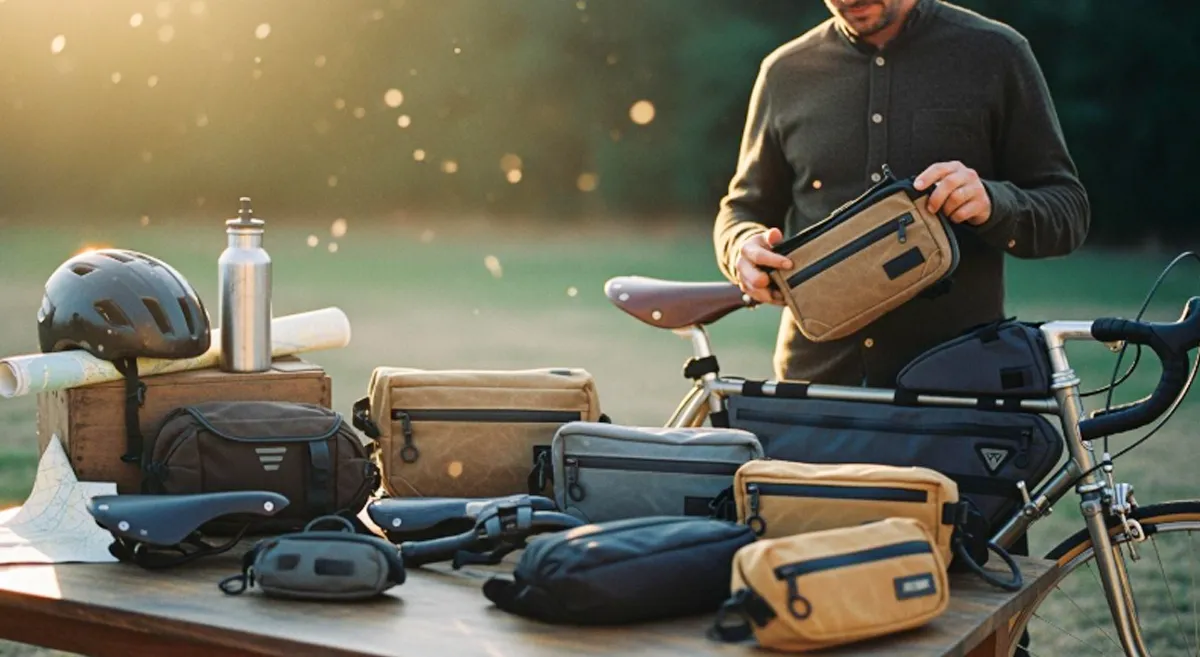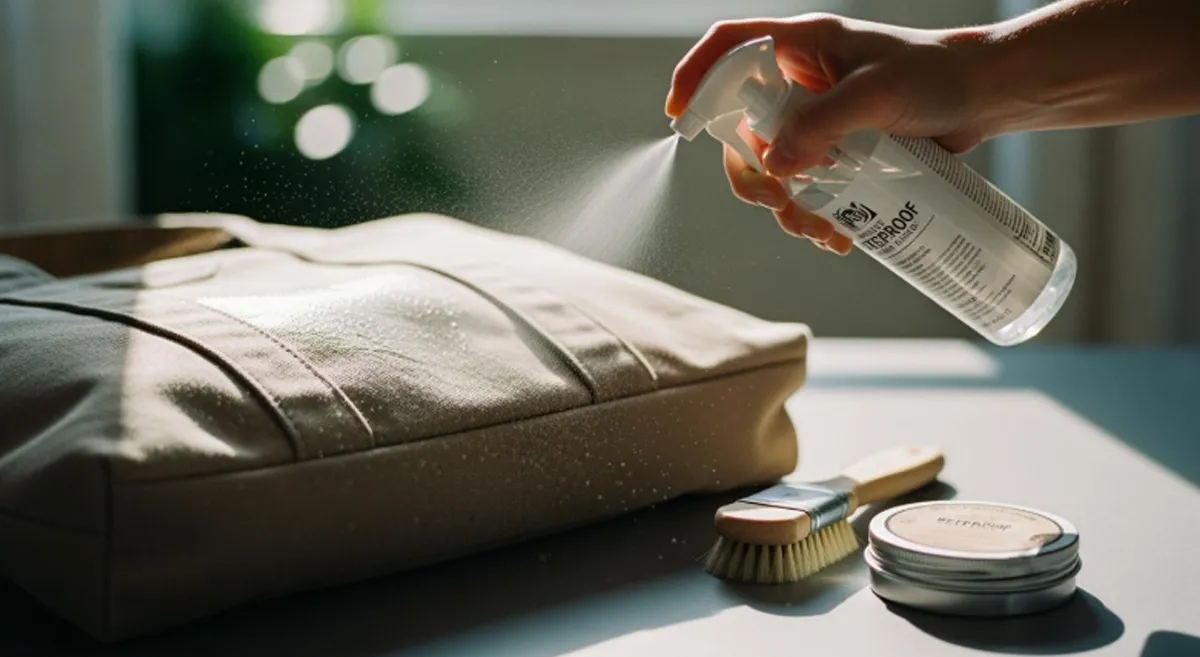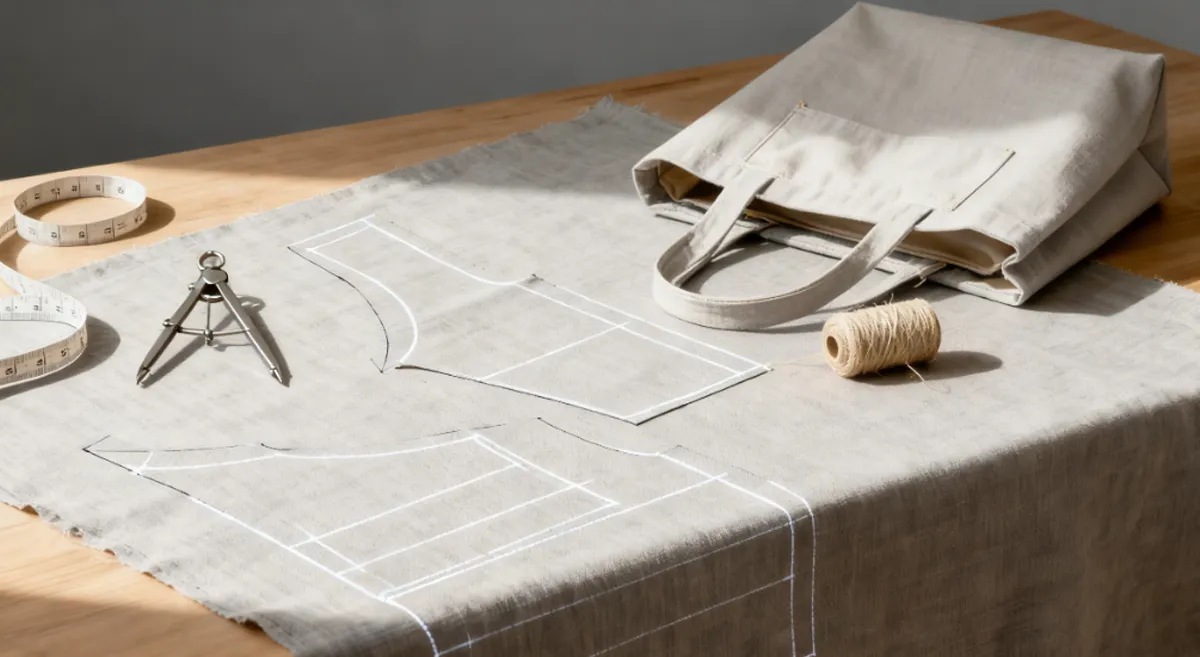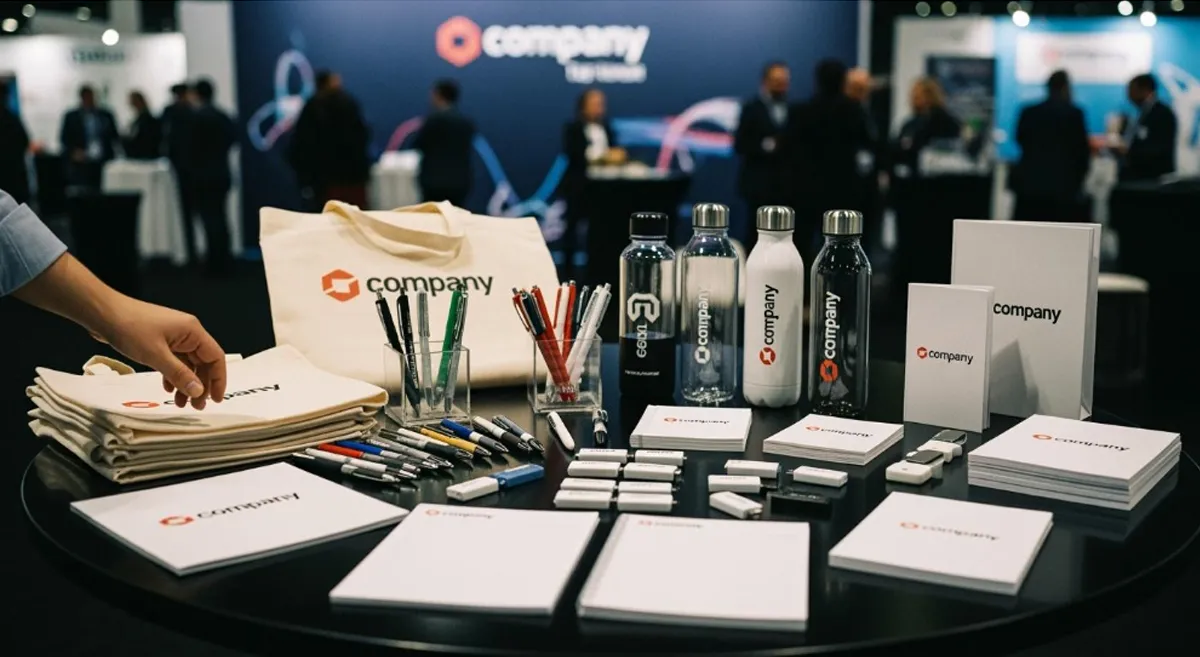Paper bags are widely used for retail, takeout, and promotional packaging. They’re typically made from kraft paper, whiteboard, or recycled paper, and come in a variety of constructions and thicknesses to meet diverse needs.

However, ordinary paper bags differ from custom-printed paper bags. Custom-printed paper bags utilize specialized printing techniques like embossing and hot stamping, transforming them from simply a bag to a valuable advertising tool for your brand.
This guide will cover the basics of paper bag printing, the importance of customization, common printing methods, and quality control, ensuring you create exceptional results.
What Are Paper Bags?

Paper bags are made from natural materials such as kraft paper, whiteboard paper, or recycled paper. They vary in thickness and structure, making them versatile for different retail and takeaway uses. These bags serve not only as functional carriers but also as eco-friendly packaging options that align with growing environmental awareness.
Difference Between Printed Paper Bags and Ordinary Paper Bags
The key difference lies in customization. Ordinary paper bags are plain and utilitarian, while printed paper bags incorporate custom printing, hot stamping, embossing, and other finishing techniques to enhance brand visibility. Customized paper bags become mobile advertising tools that improve brand recognition and customer recall.
Why Customized Printing on Paper Bags Matters
1. Boost Brand Visibility and Recall
Packaging is often the first touchpoint with customers. Studies show that 72% of consumers feel packaging design influences their perception of product quality. Custom printing helps your brand stand out and leaves a lasting impression.
2. Enhance Eco-Friendly Image
Using environmentally friendly inks and materials that comply with green regulations conveys a commitment to sustainability. Printed paper bags with eco-conscious messages reinforce your brand’s green credentials.
3. Cost-Effective and Practical Advertising
Custom printed paper bags serve as reusable advertisements. Their functional value combined with visual appeal provides long-term brand exposure at a relatively low cost.
Common Printing Methods for Paper Bags
| Printing Method | Description | Strengths | Best For |
|---|---|---|---|
| Flexographic Printing | Uses flexible plates for fast, continuous ink transfer; eco-friendly water or soy-based inks. | Cost-effective for large runs, excellent for solid color fills. | Kraft paper, large volume, simple color prints. |
| Offset Printing | Transfers ink in three stages (plate, blanket, paper) for sharp images and accurate colors. | High resolution, great for complex designs. | Coated and whiteboard paper, mid to large runs. |
| Screen Printing | Ink pushed through mesh screens, ideal for simple 1-3 color designs. | Vibrant colors with tactile texture. | Rough surfaces like kraft paper. |
| Digital Printing | No plates needed; inkjet or laser print with full color and variable data. | Fast, ideal for small batches or custom designs. | Coated or smooth papers, short runs. |
| Hot Stamping (Foil Stamping) | Transfers metallic foil with heat and pressure. | Luxurious shine and texture, high contrast. | Luxury bags, coating or laminated surfaces. |
| Embossing/Debossing | Creates 3D raised or recessed patterns without ink. | Adds tactile, premium feel. | High-end packaging, thick paper or cardboard. |
Recommended Printing Methods by Paper Bag Type
| Paper Bag Type | Recommended Printing Methods |
|---|---|
| Kraft Paper Bags | Flexographic, Screen Printing |
| Coated Paper Bags | Offset, Digital, Hot Stamping |
| Laminated Paper Bags | Offset, Hot Stamping, Embossing/Debossing |
| Recycled Paper Bags | Flexographic, Screen, Digital (if smooth) |
| Whiteboard Paper Bags | Offset, Embossing/Debossing, Hot Stamping |
| Specialty Paper Bags | Screen, Hot Stamping, Embossing |
Kraft Paper Bags: Durable, biodegradable, and naturally brown with a coarse texture, commonly used for groceries and general packaging. Due to their absorbent, uncoated surface, fine graphics are hard to reproduce and ink tends to spread. Recommended methods: Flexographic printing (efficiently applies low-viscosity inks to porous surfaces, ideal for high-volume, low-cost runs) and Screen printing (produces thick ink layers that adhere well to fibrous textures, perfect for bold logos).
Coated Paper Bags: Smooth-surfaced with semi-gloss or gloss finishes, suitable for photo-quality graphics and vibrant colors, often used in premium fashion retail. The coating prevents ink absorption, ensuring sharpness and color depth. Recommended methods: Offset printing (delivers crisp, full-color images on smooth coated surfaces with precise ink control), Digital printing (best for small batches with complex designs, avoiding the setup costs of offset), and Hot stamping (adds reflective accents to glossy surfaces, enhancing brand value).
Laminated Paper Bags: Feature a plastic film layer over the base paper for improved moisture resistance and strength, often used for wine packaging. The lamination creates a barrier that makes regular inks difficult to adhere, requiring methods suited for coated or sealed surfaces. Recommended methods: Offset printing (compatible with laminated surfaces, producing vibrant and uniform color blocks), Hot stamping (adheres well to lamination, creating striking metallic logos), and Embossing (lamination enhances tactile raised surfaces without cracking).
Recycled Paper Bags: Made from varied fiber compositions, usually coarse-textured with light gray or beige tones, appealing to eco-conscious consumers. Irregular fiber density can cause inconsistent printing, so simple, high-contrast designs are preferred. Recommended methods: Flexographic printing (water-based or soy-based inks work well on porous surfaces, scalable and eco-friendly), Screen printing (suitable for simple designs when vibrant color isn’t critical), and Digital printing (optional if the surface is smooth enough). Avoid high-pressure techniques like hot stamping to prevent surface damage.
White Card Paper Bags: Heavyweight, rigid, with excellent stability and crisp folds, offering high print contrast and suitable for premium retail applications. Supports complex layouts and multi-step finishing. Recommended methods: Offset printing (produces rich colors and sharp graphics on a bright, neutral base), Embossing/Debossing (compatible with material thickness, creating deep, clear impressions), and Hot stamping (adheres smoothly with strong reflectivity for a luxurious look).
Specialty Papers: Includes handmade paper, textured paper, or metallic paper for high-end packaging. These have uneven surfaces and varying ink absorption, making consistent color matching difficult. Processes should emphasize texture and contrast rather than complex color rendering. Recommended methods: Screen printing (thick ink layers compensate for irregular surfaces, ensuring visibility), Hot stamping (doesn’t rely on ink adhesion, producing striking visual effects), and Embossing (highlights brand marks on textured paper, enhancing both contrast and tactile appeal).
Professional Printing Process for Paper Bags
Selecting the Right Paper Bag Type
This is the foundation of a successful printing project. It determines the bag’s functional performance and its compatibility with specific printing techniques. Choosing the wrong material can lead to misregistration, ink bleeding, and other quality issues.
Choosing the Appropriate Printing Method
This is not just a technical choice—it’s a business decision that directly impacts color accuracy, visual clarity, production speed, unit cost, and brand image. Ensure the printer can provide technical consultation, test samples, and verify equipment compatibility before production.
Defining Brand and Visual Design
A paper bag is a canvas for your brand. Designs should focus on clear, prominent logos and adequate spacing to enhance visual impact and printing precision. Key considerations include logo placement, color scheme (Pantone or CMYK), fonts and tone of messaging, QR codes, and other brand elements.
Preparing Production Files and Samples
Submit vector-format artwork files (such as AI, EPS, or high-resolution PDF). Fonts should be outlined, and colors should be specified as CMYK or Pantone according to the printing process. Properly mark bleed margins (typically 3–5 mm) and cutting lines. Before full-scale production, create physical samples or proofs, including:
- Digital mockups to verify layout.
- Color proofs to check tone and saturation.
- Structural samples to confirm folding and assembly.
These are especially critical for laminated paper and complex designs. Confirm that each production batch adheres to brand guidelines.
Quality Control:
Printing quality must be maintained through continuous inspections at key production stages. Any defects in printing, structure, or finishing can affect product integrity and customer perception. Inspections should cover print alignment and registration, color consistency, ink adhesion, cutting and folding accuracy, and surface finishing (such as lamination or embossing).
Quality Assurance Measures
- Use paper materials verified for ink absorption and surface texture.
- Match inks with paper types to prevent issues like smudging or bleed.
- Calibrate printers regularly to maintain pressure, ink density, and color profiles.
- Control ink drying and post-processing conditions to ensure durability and appearance.
- Perform ongoing inspections throughout production for defects or misprints.
Conclusion
At INITI, we believe printing on paper bags is more than decoration—it’s a critical branding and marketing tool. By selecting the right materials, printing technologies, and maintaining rigorous quality control, your custom paper bags will boost brand recognition, support sustainability, and provide excellent advertising value.
Contact INITI today to discover how our expertise can help you create paper bags that truly represent your brand.
FAQs
What are the main differences in cost and use among printing methods?
Flexographic printing has low setup cost and suits large runs; offset offers high detail with higher initial cost but competitive per unit for mid to large runs; digital suits small, customizable runs with low setup but higher unit cost; hot stamping and embossing add premium effects with higher cost and slower speed.
How to ensure high-quality printing on paper bags?
Quality depends on correct paper and ink matching, printer calibration, drying and finishing controls, plus thorough production inspections.
Which printing methods suit kraft and coated paper bags?
Kraft bags recommend flexographic and screen printing due to rough texture and ink absorption. Coated bags suit offset, digital, and hot stamping for sharp, vibrant visuals on smooth surfaces.





